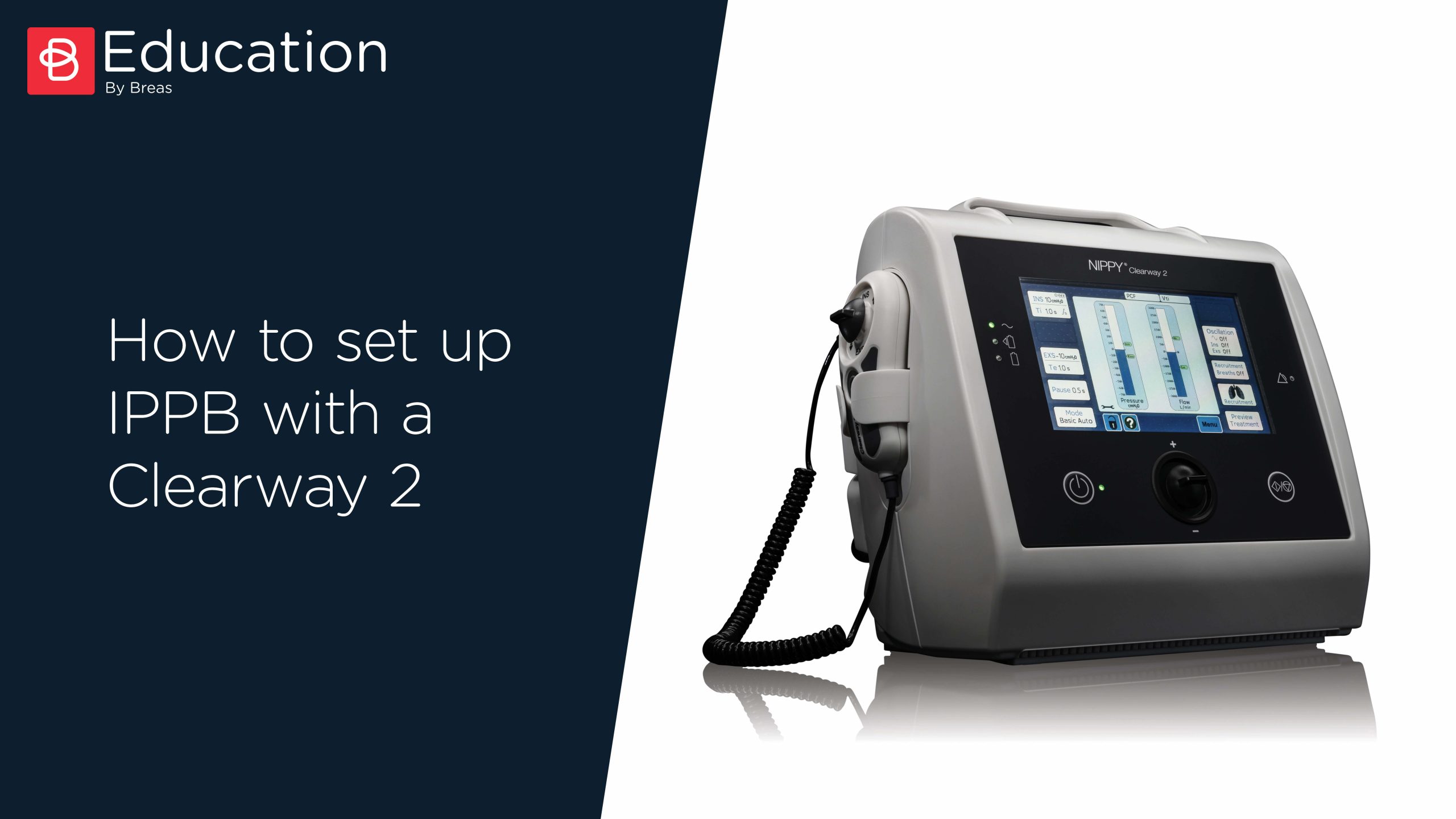Mechanical insufflation / exsufflation (MI-E) devices have been shown to improve cough efficiency. The below algorithm was developed to assist in establishing MI-E settings for initiating the subject with an MI-E device based on experience at the Academic and Clinical Department of Sleep and Breathing at the Royal Brompton Hospital, London, UK.
- The initial settings depend on whether patient is already on non-invasive ventilation (NIV).
- If patient is already on NIV, insufflation pressure should be started at the current inspiratory positive airway pressure (IPAP) plus 5 cm H2O. If not, a suggested start for the insufflation pressure is 15 cm H2O.
- The respiratory physiotherapist should observe the patient and evaluate according to feedback. If necessary, insufflation pressure in 5 cm H2O increments until there is a good rise and fall of the abdomen and chest wall and the patient reports that they have received a deep breath in.
- Next, it is suggested that the exsufflation pressure should be set at least 5 cm H2O lower than the insufflation pressure.
- The patient should again be observed and evaluated for improvement in cough strength. If necessary, the exsufflation pressure can be increased by another 5 cm H2O until the patient’s cough becomes more audible. It is also useful to observe whether secretions are brought into the mouth, whether cough peak flow is increased, and to ask patient whether they feel their cough is stronger.
- The settings for automatic mode times should depend on whether patient is on NIV (if yes, use the NIV times plus 0.5 seconds and start the pause at 1 seconds; if not, suggested times of 1 second for the time settings).
- These time settings should be adjusted so that there is a long enough deep breath in and there is rapid explosive expiratory airflow during the cough. The patient should also be comfortable and the pause is the correct length before the next insufflation.
- Once optimum settings have been established, the physiotherapist may begin to prescribe mechanical insufflation-exsufflation, ensuring that the patient and carers are adequately trained in the device and considered competent in its use.
PDF download of algorithm is available above.




















